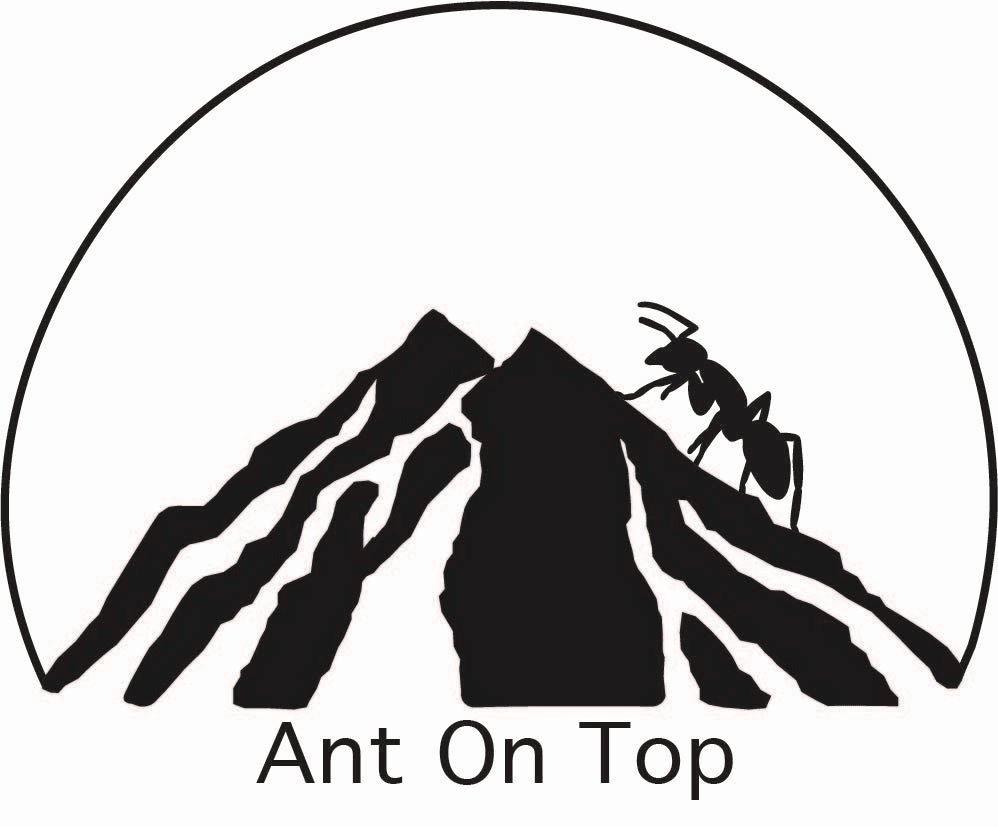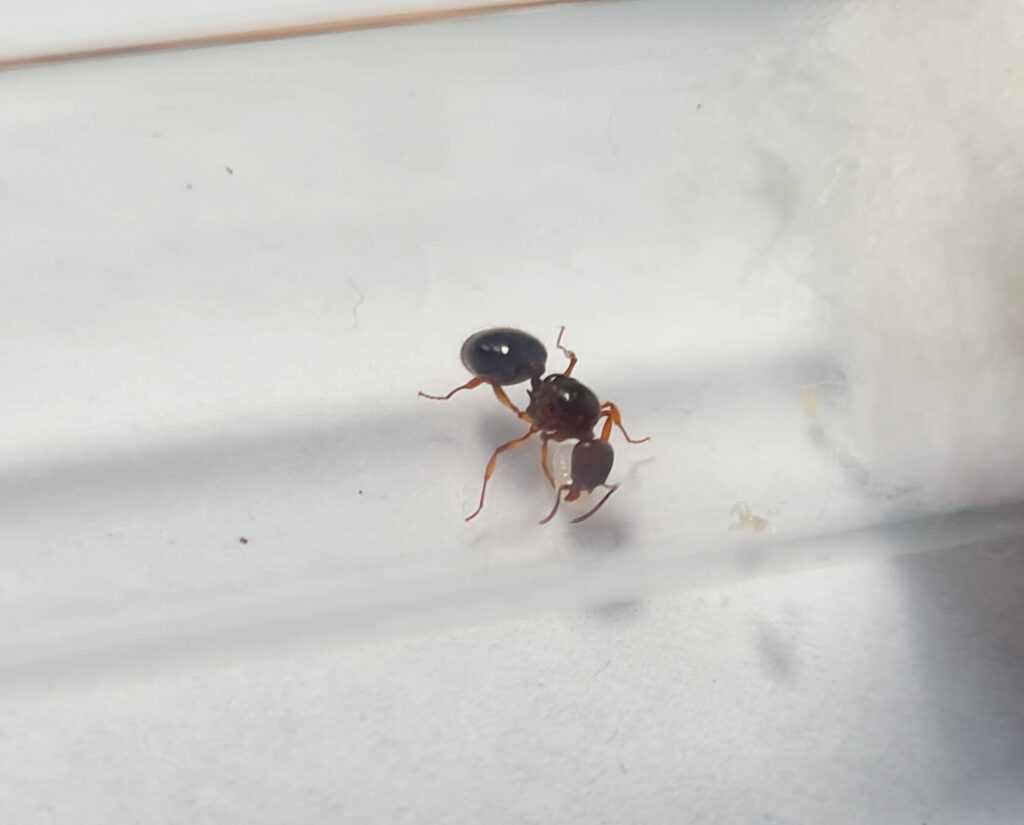Camponotus cruentatus: The Fascinating European Ant Species
Welcome to the incredible world of Camponotus cruentatus, one of the largest ant species in Europe. Known for their size, frugality, and defensive nature, these ants are truly captivating. In this product description, we will delve into various aspects of Camponotus cruentatus, including their colony type, size, development rate, nutrition, humidity and temperature preferences, and recommended nests for breeding.
Colony Type: Monogyny
Camponotus cruentatus belongs to the monogyny colony type. This means that each colony consists of a single queen who mates with males during her nuptial flight and establishes a new colony. The queen is responsible for reproduction, while worker ants carry out the daily tasks necessary for the survival and growth of the colony.
Colony Size: Up to 10,000 Individuals
A mature Camponotus cruentatus colony can contain an impressive population of up to 10,000 individuals. This large size contributes to the overall vitality and efficiency of the colony.
Development Rate: Medium
The development rate of Camponotus cruentatus can be described as medium. It takes a moderate amount of time for the eggs to hatch, larvae to pupate, and new worker ants to emerge. Patience is required when observing the growth and progress of these fascinating creatures.
Size Variation
The physical size of Camponotus cruentatus individuals varies within the colony:
- Queen: The queen, responsible for reproduction, measures approximately 14-16 mm in length.
- Workers: The worker ants, who perform various tasks within the colony, range from 6-9 mm in length.
- Majors: Majors are specialized workers with larger bodies, measuring between 8-14 mm in length. They often have distinct roles in the colony, such as defense or resource gathering.
These ants exhibit a striking coloration, with predominantly dark gray-black bodies and the first two segments of the stomach displaying an eye-catching orange hue.
Nutrition: Diverse Requirements
Camponotus cruentatus has diverse nutritional requirements. In the wild, they primarily feed on insects such as cockroaches and crickets. In captivity, their diet can be supplemented with a variety of foods:
- Syrup: Provide a mixture of water and honey in a ratio of 4:1 or 3:1. This sugary treat serves as a source of energy for the ants.
- Fruits and Vegetables: Offer small pieces of fruits and vegetables to provide essential vitamins and minerals.
- Jelly: Introduce jelly as an occasional treat to diversify their diet.
- Cooked Chicken: Give cooked chicken without salt as a protein-rich source. Offer this occasionally.
By providing a varied and nutritious diet, you can ensure the health and well-being of your Camponotus cruentatus colony.
Humidity and Temperature Preferences: Crucial for Growth and Survival
Creating and maintaining the ideal habitat conditions for your Camponotus cruentatus is crucial for their overall growth and survival. These ants prefer specific humidity and temperature levels:
- Arena: Maintain humidity in the ant’s foraging area, known as the arena, at 30-50%. This ensures a comfortable environment for the ants to explore and forage.
- Nest: Inside the nest, maintain humidity at 40-60%. This higher humidity is essential for brood development and overall colony health.
- Arena Temperature: The ideal temperature range for the arena is 24-28 °C. This temperature mimics the warm and comfortable conditions preferred by Camponotus cruentatus ants when venturing outside the nest.
- Nest Temperature: Maintain the nest temperature slightly lower than the arena, ideally at 22-26 °C. This variation allows the ants to regulate their body temperature and optimize their various tasks.
By ensuring appropriate humidity and temperature levels, you can create a favorable environment for the growth and prosperity of your Camponotus cruentatus colony.
Recommended Nests for Breeding: Find the Perfect Home
When choosing the right nest for your Camponotus cruentatus colony, several options are suitable:
- Acrylic: Acrylic nests provide excellent visibility, allowing you to easily observe the inner workings and behaviors of the colony.
- Cork: Cork nests offer a natural and aesthetically pleasing environment for the ants. The porous nature of cork aids in maintaining the desired humidity levels.
- Plaster: Plaster nests are a popular choice, as they are customizable and offer excellent insulation to regulate temperature and humidity.
- Aerated Concrete: Nesting chambers made of aerated concrete provide a durable and long-lasting habitat for your Camponotus cruentatus. Its porous structure assists in maintaining the ideal humidity levels.
Choose a nest that suits your preferences and meets the needs of your Camponotus cruentatus colony, ensuring they have a comfortable and secure place to thrive.
Thank you for exploring the world of Camponotus cruentatus with us. We hope this detailed description has provided valuable insights into the fascinating nature of these ants and how to care for them. By following the provided guidelines and providing a suitable habitat and nutrition, you are sure to witness the incredible growth and development of your Camponotus cruentatus colony.
















Reviews
There are no reviews yet.